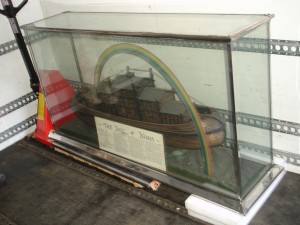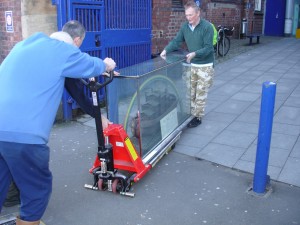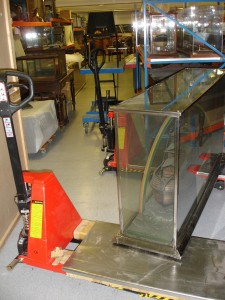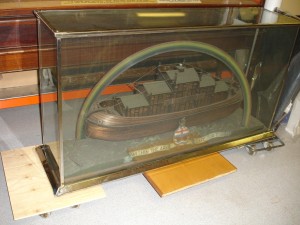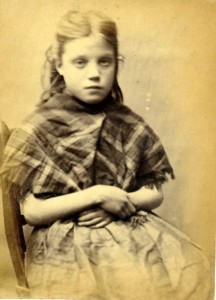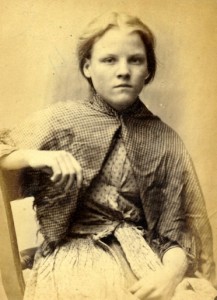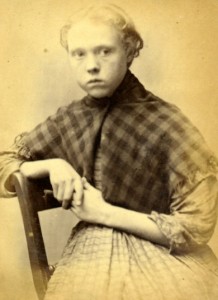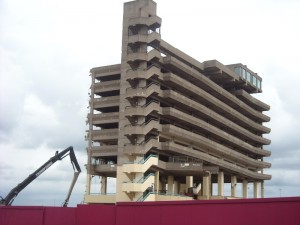A few days after we moved Noah’s Ark, I helped Ian Whitehead remove a ship model from its wooden and glass case, so it could be photographed for insurance purposes.
This was a 58 inch long scale model of the M.V. Geddington Court – a merchant and cargo motor vessel. The model was built for Court Line by C. Crawford and Sons at the St. Mark’s model works in Sunderland. The ship it represents was built by Short Bros. in Sunderland in about 1954 and was later acquired by Jayanti Shipping Co. in 1962, who renamed it Rama Jayanti.
Follow this link for a picture of the real ship and more information about its service history.
The model had not been taken apart before and was dusty when we retrieved it from its storage shelf. As it didn’t need to be moved far, we used a normal scissor lift table to work on the model. The table’s hydraulics meant it was easy to raise and lower the model to suit us as we took it apart piece by piece.
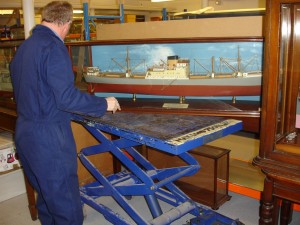
Model on scissor lift table
We had to dismantle the case in a particular order. After we took the lid off, we first removed two adjacent sides. This left an ‘L’ shaped frame so that the other sides wouldn’t fall in on the model.
We labelled all of the case parts as we went along, so we’d know how to put everything back together again. Following Ian’s fondness for all things maritime, we used common nautical terms ‘port’ (left hand side), ‘starboard’ (right hand side), ‘forward’ (bow or front of the ship) and ‘aft’ (stern or rear of ship) when labelling.
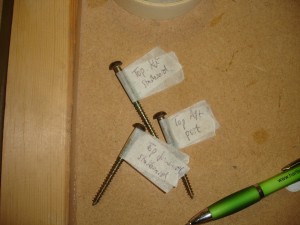
Labelled case parts
We also used glass suckers to safely remove the larger panes of glass.
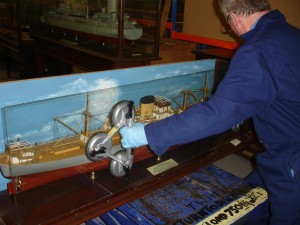
Ian removing front of case
The back of the case had been replaced with a painted backdrop. This was not very attractive and obscured the view of the ship, so we removed the backdrop and it will be replaced with glass when the model is put back together.
The Geddington Court model is very detailed, and many of the deck objects are plated with gold. The model has even been painted with draft marks on the stern and bow and a Plimsoll Line in the middle of a ship’s hull. Draft marks show how deep a ship is sitting in the water, and a Plimsoll Line shows how much cargo a ship can be loaded with for specific water types and temperatures. Plimsoll shoes are named after the Plimsoll Line, because of their appearance: if water goes above the line of the rubber sole, the wearer will get their feet wet!
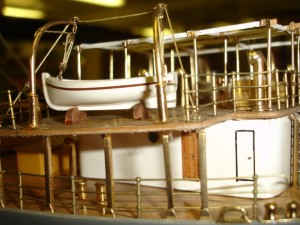
Close up: showing detail of model
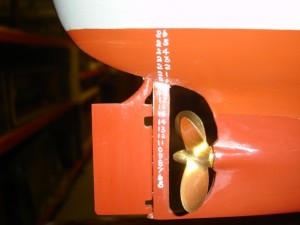
Draft marks on the stern
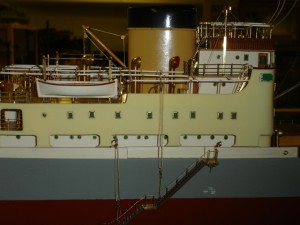
Side view: showing white Plimsoll Line underneath the walkway
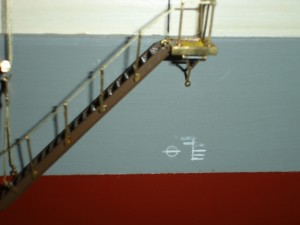
Close up of Plimsoll Line
The model will now be gently cleaned by the Conservation team so that all of its fine details will show up when it is photographed professionally.









